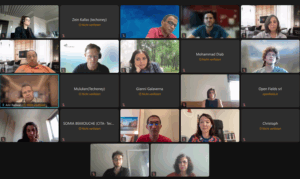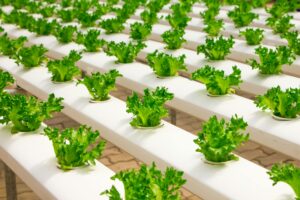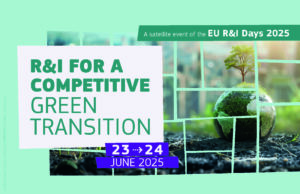Three PRIMA-funded projects share experiences and foster collaboration between scientists and farmers
After facing the hottest and driest summer in 500 years across Europe and other parts of the world, the Old Continent has seen images unthinkable until recently. Climate change is evident and is showing its worst face on both shores of the Mediterranean and in many other parts of the world. Its effects were already felt in the daily lives of the entire population, especially in economic sectors such as agriculture, which is the leading consumer of water.
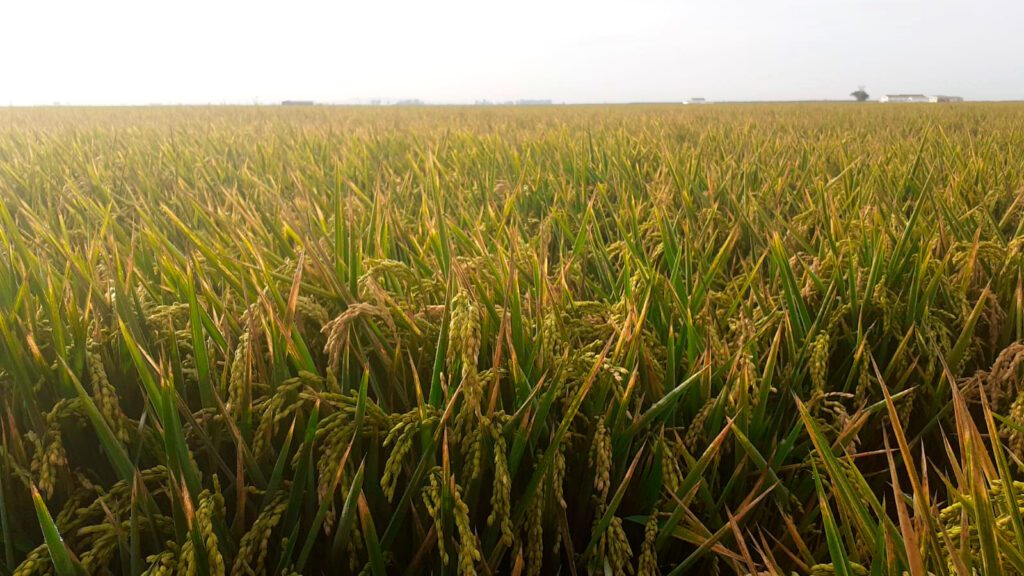
Due to climate change and resulting drought, serious food supply problems have been aggravated by the effects of the war in Ukraine. In the face of the climate emergency and the resulting water scarcity, scientists and farmers have intensified their collaboration to address the significant challenge: how to grow better and more profitable crops using less water and fertilisers? Solving this challenge is vital throughout the Mediterranean, but it is especially urgent in North African countries.
Four factors come together to create a perfect storm: water shortages, soaring energy prices, rising fertiliser prices and food security problems resulting from the effects of the war. Many countries on the southern shores of the Mediterranean that had been exporters of grain and other foodstuffs are now net importers, and the disruption of supplies from Ukraine puts feeding their people at risk.
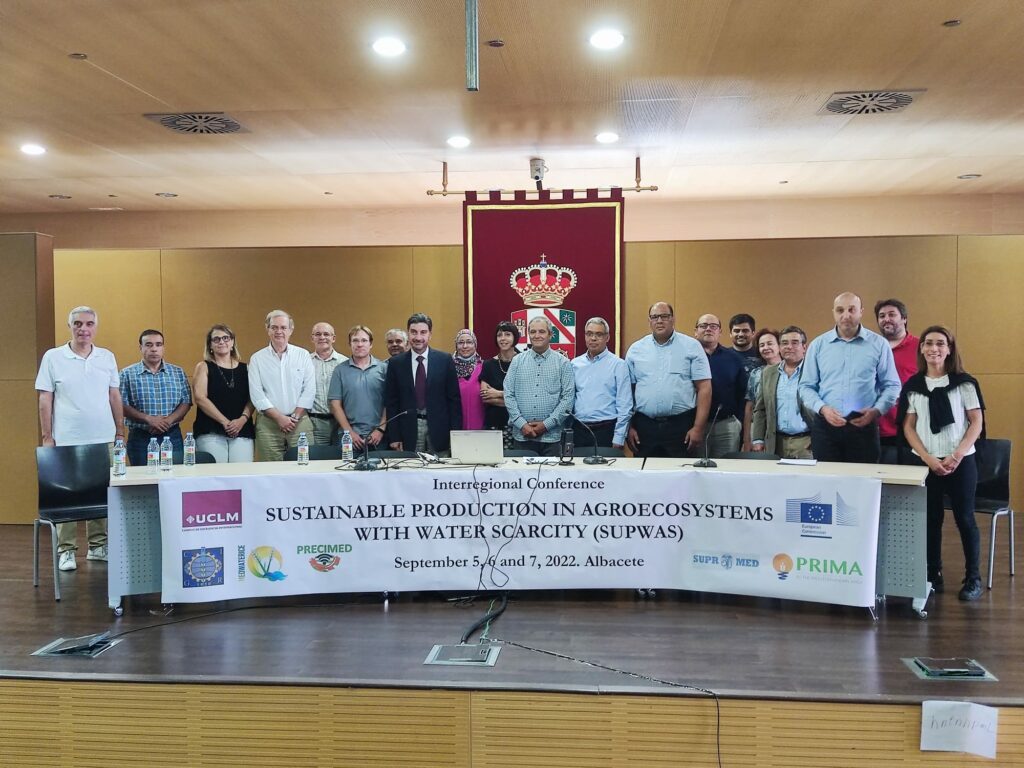
Intensified collaboration
An excellent example of this growing collaboration between scientists and farmers has been the success of the conference organised in Albacete (Spain) by three PRIMA projects: SUPROMED, MEDWATERICE and PRECIMED, which are focused on efficient water management. Among the proposed advances are moisture sensors, telematic connection with weather stations, remote sensing of leaks, and mobile data platforms.
“The agricultural sector requires support and tools and is looking to the scientific world for help,” says Alfonso Domínguez Padilla, coordinator of SUPROMED. His colleague José María Tejuelo points out: “We are helping at the right time and place.”
According to Fabrice Dentressangle, Project Officer at PRIMA, “SUPROMED has succeeded in bringing together key players from science, politics and the production sector. Research in sustainable agriculture or water management often does not result in practical solutions for the real world, but SUPROMED has achieved it”.
Domínguez highlights that transferring knowledge and technology to farmers is urgent. “A northern country like the Netherlands is studying irrigation for its crops, while French farmers are buying up land in Britain to keep their businesses going. Any help is needed”, he adds.
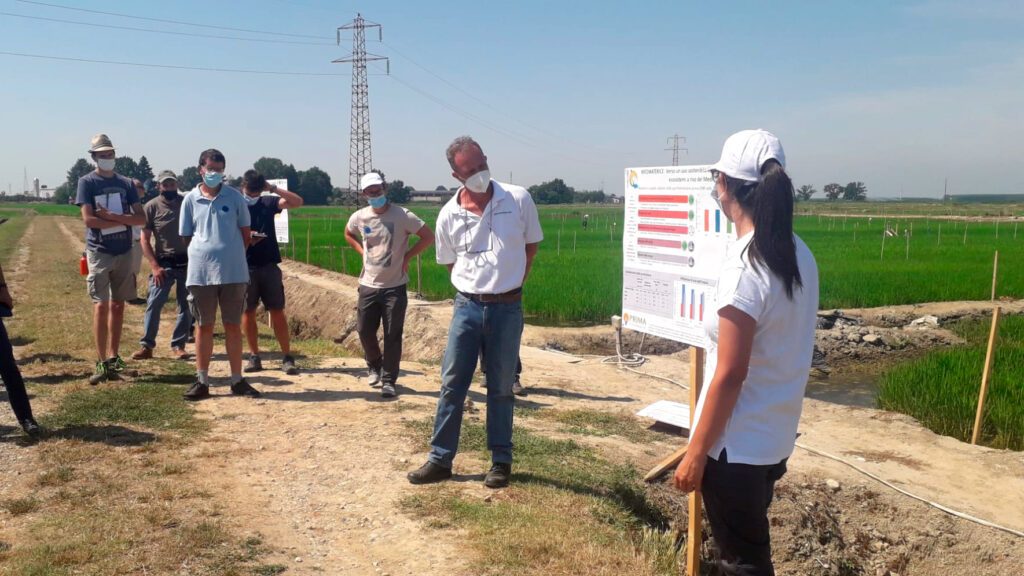
“Drought, the silent enemy of the Mediterranean”
Read more about SUPROMED and other PRIMA projects
tackling water scarcity here
Saving water, but also energy and fertilisers
From a SUPROMED perspective, the key to tackling water scarcity is efficient irrigation and maximising water productivity. Farmers can save up to 15-20% of water.
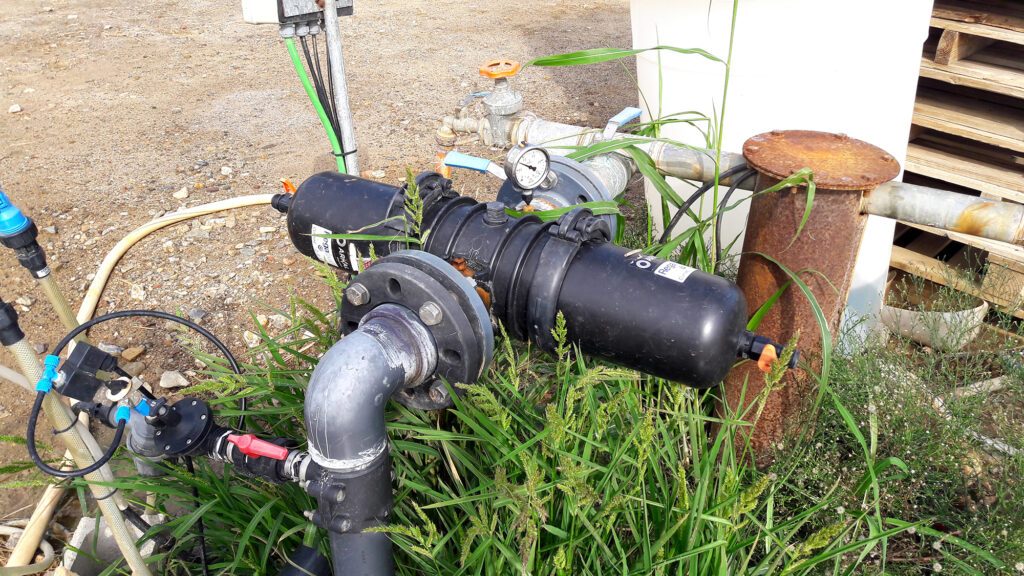
Using water more efficiently also triggers saving energy, a primary concern nowadays. For farmers in Castilla La Mancha [central Spain], more than 60% of the water cost comes from the energy needed for pumping it from aquifers. This summer, they have had to cut back on water not just because of droughts but also due to the spiralling energy cost.
Fertilisers price has also risen for this exact reason, considering the energy used for producing them. The technological tool offered by SUPROMED calculates the fertilisers that each crop needs based on the soil nutrients, resulting in up to 20% savings compared to the intuition-guided use farmers have been applying till now.
“We are advancing towards a considerable reduction of the environmental impact, saving water, energy and fertilisers. And using fewer fertilisers also derivates in higher water quality. Harvests will be much more sustainable”, Domínguez explains.
Innovative irrigation for rice
MEDWATERICE also seeks more sustainable agriculture, in this case, focused on rice cultivation. Traditionally, rice is grown under continuous flooding, requiring much more irrigation than non-pond crops. On the other hand, rice is strategic for food security in some countries, such as Egypt, and human consumption throughout the Mediterranean is constantly increasing.
In the Mediterranean basin, rice is cultivated over an area of 1,300,000 hectares. The most important rice-producing countries are Italy and Spain in Europe (72% of the EU production; 345,000 ha), and Egypt and Turkey among the extra-EU countries (almost totality of the production; 789,000 ha).
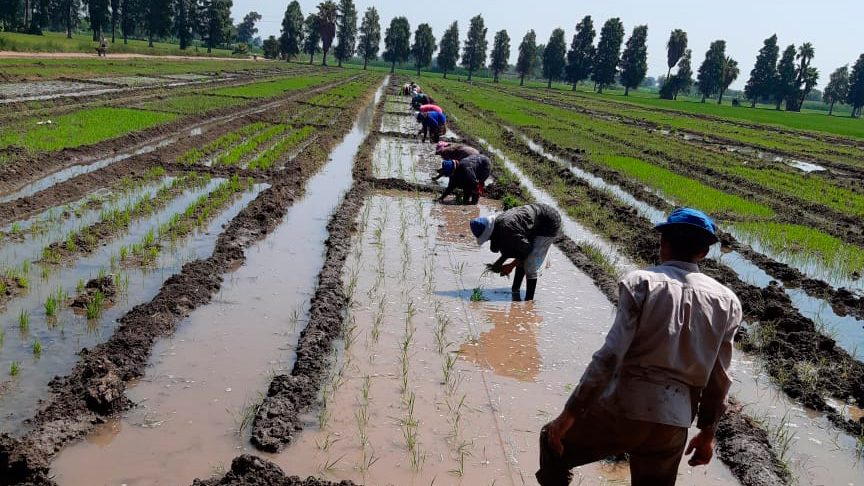
From TEPRO, a farming company participating in the MEDWATERICE project, Concepción Mira explains that in the south of Spain, a water concession is assigned to this crop per campaign: “In recent years, since water reserves were limited and it has not rained enough to restore them, this concession has been considerably reduced. That’s why the cultivated area has been reduced by half, with all this entails. It is no longer just low or scanty rainfall. Still, there are also periods of heat waves, which lead to greater crop evapotranspiration and, consequently, greater water needs to complete their production cycle”.
In the marshes of the Lower Guadalquivir Valley where they work, the rice area comprises some 40,000 hectares located next to the estuary and between the river and the Doñana National Park. It is an important economic activity in the area, with an average yield of about 10 tons per hectare. Irrigation is by flooding and requires between 8,000-11,000 m3/ha/year, which represents almost 10% of the water intake of the Guadalquivir basin dedicated to irrigation. Therefore, the rice agroecosystems in the Lower Guadalquivir Valley are in the sights of all water users and environmentalists.
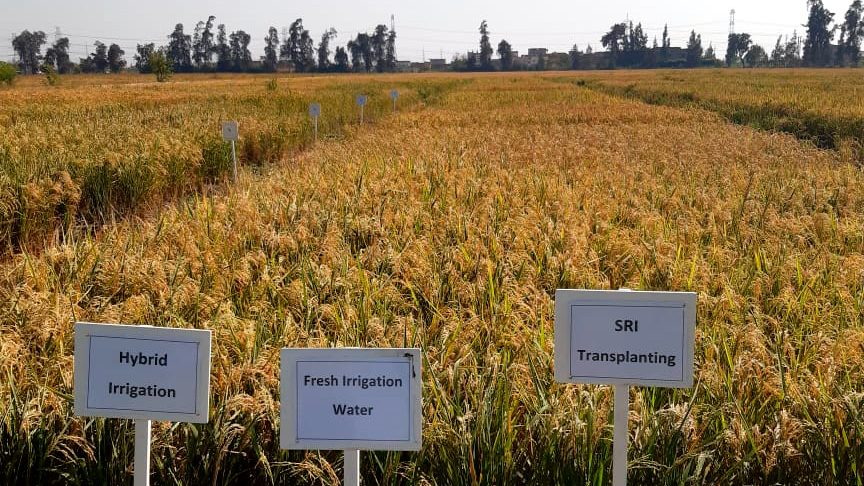
So this project explores innovative irrigation options to reduce rice water consumption and environmental impacts. Buried drip irrigation is one of them.
“We have installed the drip at a depth of 15-20 cm. We measure the humidity of the soil using sounding lines to control the amount of water that we dose so that the plant can develop with the minimum amount of water possible”, describes Jaume Pinsach from the Irrigation Engineering and Management Research Group of the University of Girona (Spain), which is also a partner in this project.
After four years in Pals (Girona, Spain), they achieved the first profitable harvest. Rice cultivation could be extended outside traditional paddy areas to meet the escalating demand. This technique allows saving water by 40%. Moreover, buried drip irrigation prevents the spread of pests and storks, which damage the crop.
In the case of TEPRO, the MEDWATERICE project has allowed saving between 15 and 30% of water without negatively influencing the yield or quality of the product. “Apart from more efficient use of water, soil conservation and recovery are also very important to improve water retention and its availability for crops. Without these natural resources, agriculture has no future”, Mira states.
While scientists are proposing solutions and farmers are keen to innovate, “a change in public policy is needed to deal with the climate crisis”, according to Dentressangle. Appropriately treated wastewater could be recycled and harnessed as a new water resource for agriculture. Submitted to quality and safety controls, it could be a solution for the rice flooding system or other irrigation solutions. Innovation and a circular economy are needed to tackle the climate crisis challenges.


